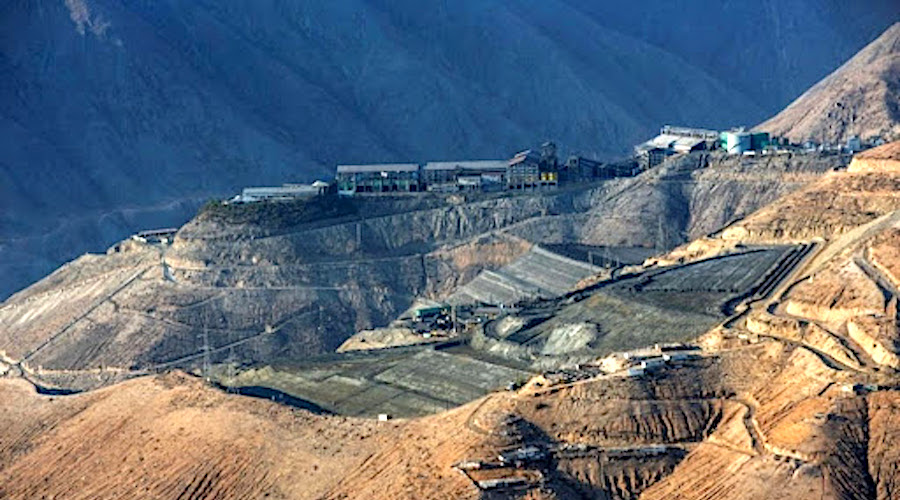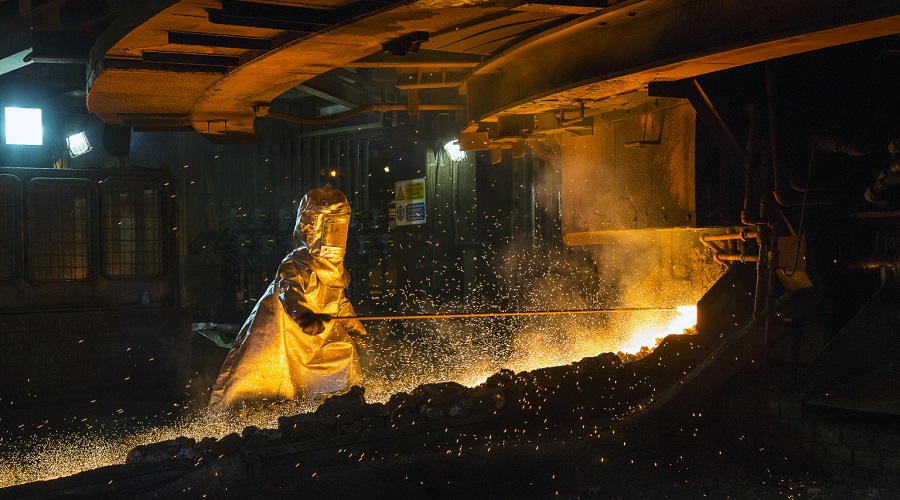A recent study has found that clay, specifically kaolinite, could be used to discover gold and the critical minerals vital for the clean energy transition.
According to Western Australia-based researcher Ryan Noble, the adsorbing properties of kaolinite, powered by its layered structure of silica and alumina and soft and crumbly texture, might hold clues for companies on the hunt for valuable deposits.
“As rocks weather over time many turn into kaolinite. This is why kaolinite is so widespread across Australia,” he said in a media statement. “It is also the most common clay found in Australia, with deposits found in all mainland states.”
Noble pointed out that a unique property of the clay makes it great for mineral discovery.
“I look at ultrafine particles of kaolinite. These are less than two microns in size. Even though these are very tiny particles they have a relatively large surface to adsorb metals from the environment,” the researcher said.
“The clay particles trap and grab metals like gold, nickel and platinum. We can then analyze these ultrafine particles in a lab for metals of interest.”
With this idea in mind, Noble and his team helped develop a method called UltraFine+. The technique has successfully improved the detection of gold and other metals in areas with transported cover. It produces more reliable and more sensitive results than traditional soil sampling methods, thus leading to more precise and environmentally friendly exploration campaigns.
“Overlaying UtraFine+ results over a surveyed region reveals areas that have naturally higher accumulation of metals. This minimizes the search area for minerals making it less invasive on the environment,” Noble said.



